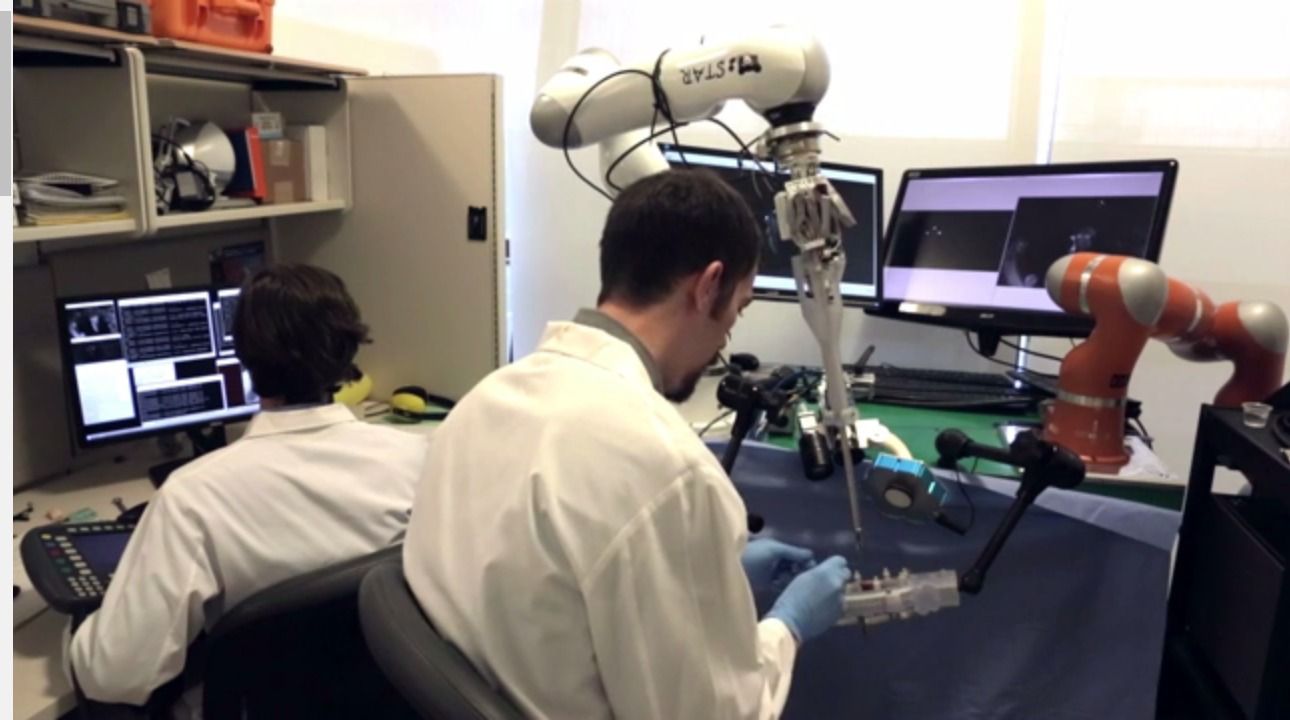A gene therapy for an inherited immune disease completes a 27-year journey.
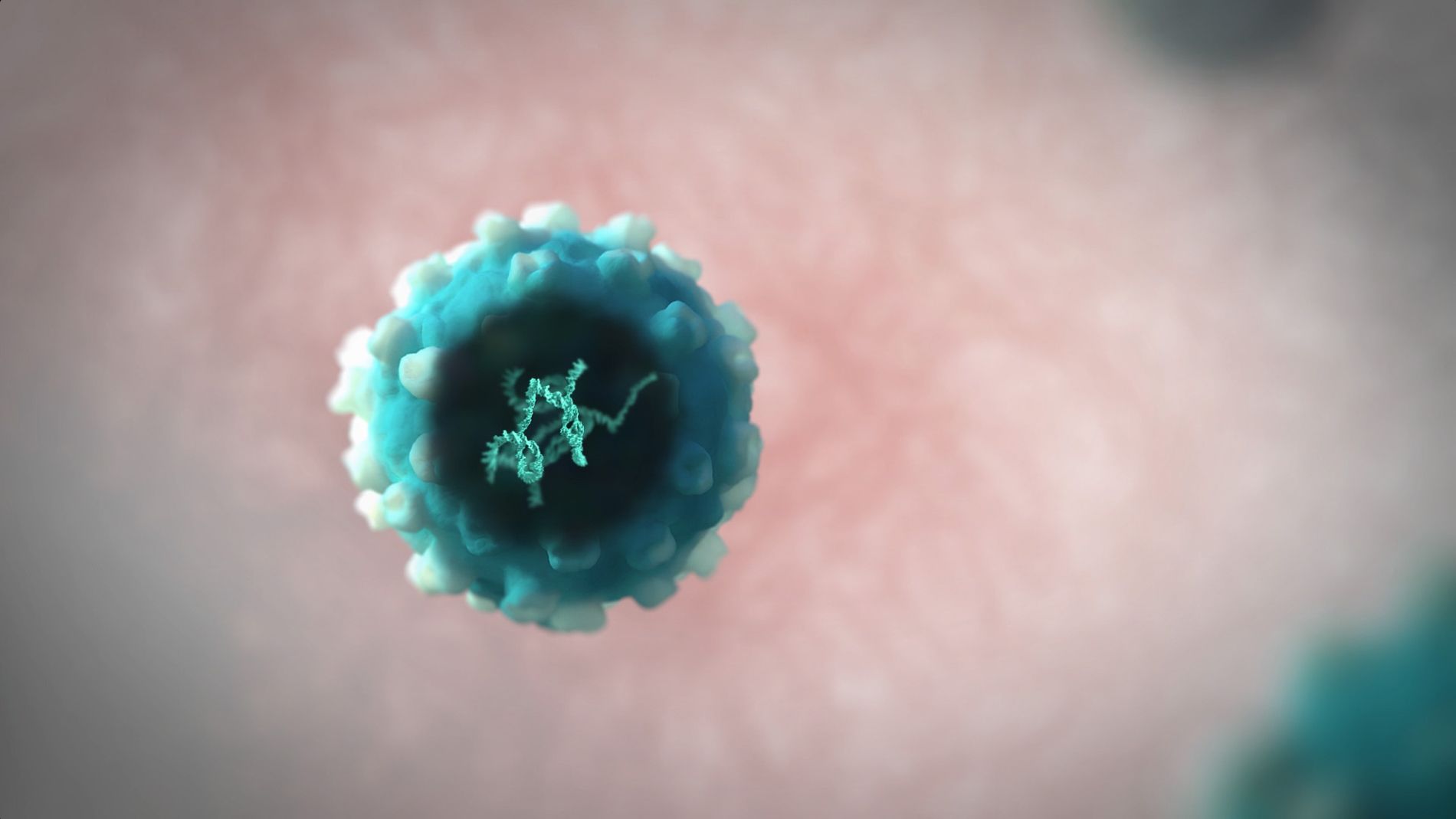

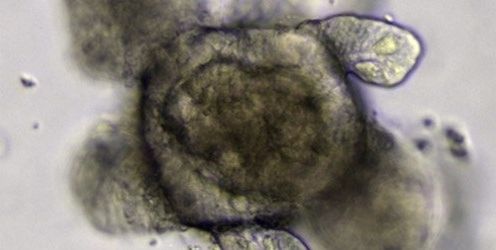

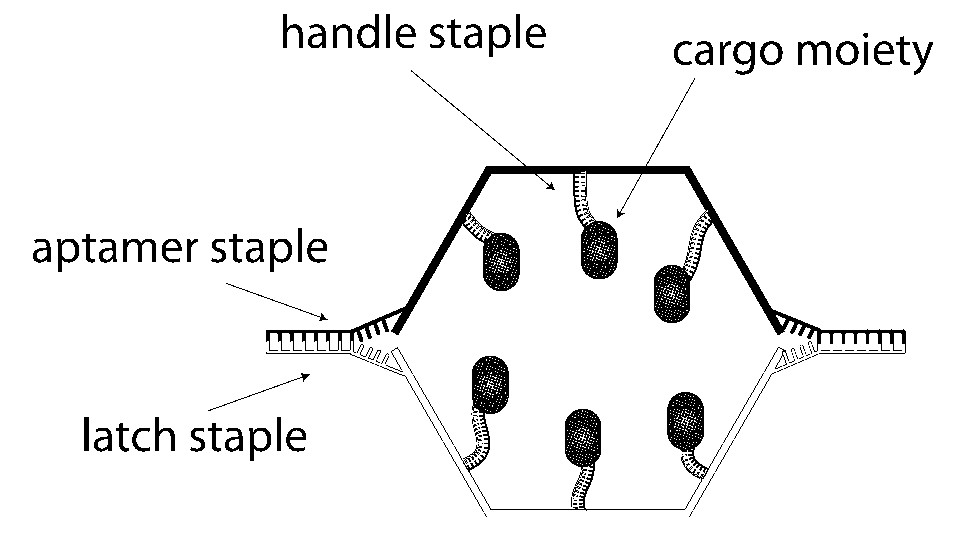
Their DNA origami device comprises a scaffold strand and a plurality of staple strands, wherein:
At the same time we extract adult stem cells from the patient.

Using bacteria to aid in the design of superior biomedical implants capable of resisting colonization by infectious bugs.
Dr. Pushkar Lele, assistant professor in the Artie McFerrin Department of Chemical Engineering at Texas A&M University, is developing novel insights in cellular mechanics with bacteria to aid in the design of superior biomedical implants capable of resisting colonization by infectious bugs. Lele’s group also focuses on unraveling the fundamental principles underlying interactions in biological soft-matter to build bio-nanotechnology-based molecular machines. Lele’s lab currently focuses on a unique electric rotary device found in bacteria — the flagellar motor.
According to Lele, it is well established how motile bacteria employ flagellar motors to swim and respond to chemical stimulation. This allows bacteria to search for nutrients and evade harmful chemicals. However, in his recent work, Lele has now demonstrated that the motor is also sensitive to mechanical stimulation and identified the protein components responsible for the response. Sensing initiates a sensitive control of the assemblies of numerous proteins that combine to form the motor. Control over motor assemblies facilitates fine-tuning of cellular behavior and promotes chances of survival in a variety of environments.
“What is the sense of touch in a bacterium? It is likely that they employ appendages such as the flagella to detect solid substrates, analogous to our use of fingers,” Lele said. “How they recognize the substrate using the flagellum has been a long-standing question in biology with tremendous biomedical significance. Our findings have provided a handle on this important problem. We now know [how] the motor-components [are] involved in sensing the substrate [and] would like to know how these sensors trigger signaling networks that ultimately cause infections. “.
New cure for SMA?!
Spinal muscular atrophy (SMA) is a disease that causes progressive degeneration in the nerve cells that control muscles, thereby causing muscle weakness and eventually death. SMA affects approximately 200,000 people in the U.S., often children. Now, researchers at the University of Missouri are studying a subtype of SMA, spinal muscular atrophy with respiratory distress type 1 (SMARD1), and have developed a gene replacement therapy that can be used to treat and control the disease in the future.
SMARD1 is a rare genetic condition with high mortality rate that develops primarily between the ages of six weeks and six months. The condition targets the spinal cord and leads to atrophy of body muscles and paralysis of the diaphragm, which is responsible for breathing. As the disease progresses, children with a SMARD1 diagnosis become paralyzed and require continuous artificial ventilation. The average life expectancy of a child diagnosed with SMARD1 is 13 months. Currently, there is no cure or effective treatment for this disease.
“Monogenic diseases like SMARD1, a disease that is caused by one gene, are ideal for gene therapy since the goal of the therapy is to replace the missing or defective gene,” said Chris Lorson, an investigator in the Bond Life Sciences Center and a professor of veterinary pathobiology. “Our goals for this study were to develop a vector that would improve the outcomes of the disease and for the vector to be effective in a single dose.”
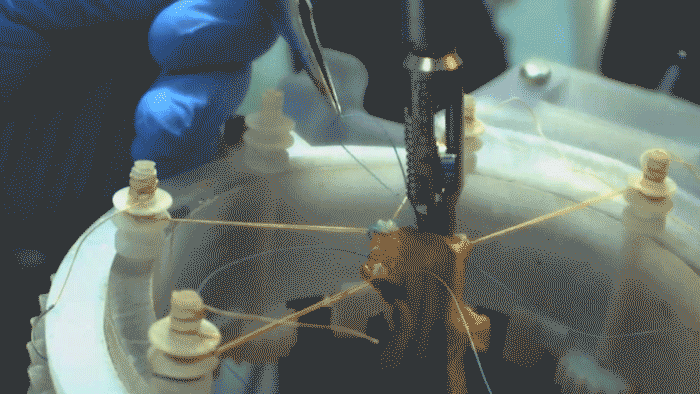
Autonomous robot surgeon prototype stitches pigs’ colons better than human and human-assisted robot surgeons:
In his proof-of-concept study, the STAR system stitched together two parts of a pig’s colon. The researchers likened this task to reconnecting a cut garden hose—and just like the hose, if the stitching is done imperfectly, the colon can be prone to leaks that can be life-threatening. Using the vision system and a pressure sensor at the end of the robotic arm, the STAR tool automatically placed sutures in the tissue to reconnect it, both in tissue in the lab and inside living pigs. The researchers then compared the STAR’s performance to that of a surgeon performing the same task with a laparoscopic tool as well as a robot-assisted surgery in which the surgeon controls the robot.
Comparing the uniformity of the sutures, number of mistakes and the highest pressure that the tissue could withstand without leaking, the STAR system performed better than the human and the human-directed robot. None of the living pigs had any complications from the operations.
Welcome to the age of autonomous surgery.

The more da Vinci’s the better, if you ask me!
An international team of scholars has just unveiled plans to science the shit out of Leonardo da Vinci, the man who gave us the Mona Lisa and envisioned futuristic technologies like helicopters and tanks 500 years ago. Goals of the fledgling “Leonardo Project” include recovering the famous Renaissance figure’s remains and reconstructing his genetic code.
The Leonardo Project brings together geneticists, genealogists, archaeologists, and art historians from Italy, Spain, France, the United States and elsewhere. “This is a fabulous, interdisciplinary project,” said Rhonda Roby, a geneticist at the Craig Venter Institute in California, who will be contributing its expertise in genomic reconstruction to the effort.
By examining everything from paintings and notebooks to the DNA of living relatives, the team hopes to glean new insights into Leonardo’s life, diet, physical appearance, and genetic predispositions. If they’re very lucky, the researchers may be able to reconstruct most or all of Leonardo’s genome.
